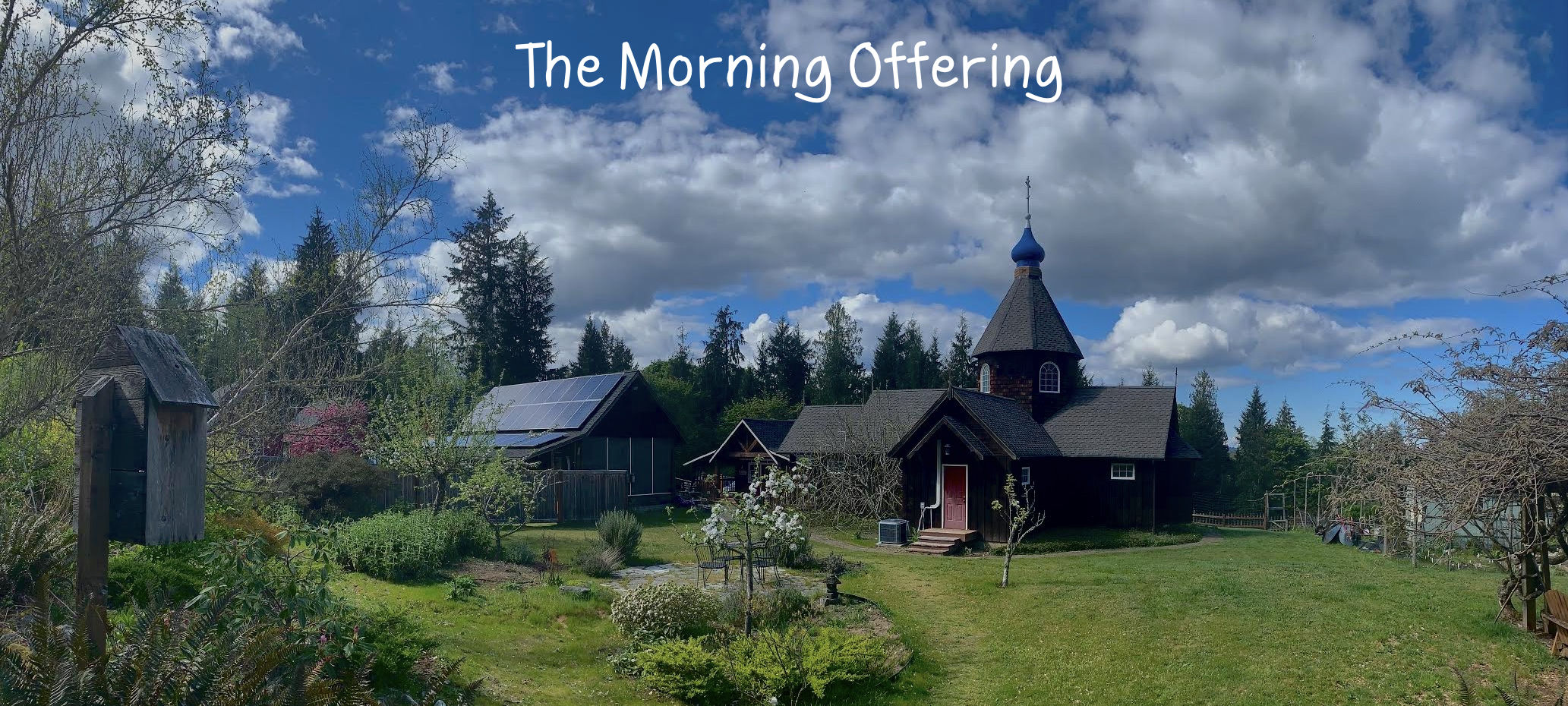The meaning of salvation in the Ancient Church
According to Protopresbyter George Metallinos, Dean of the Athens University School of Theology, “For we Orthodox the unique and absolute goal of life in Christ is theosis, our union with God, so that man – through his participation in God’s uncreated energy – may become “by the Grace of God” that which God is by nature (without beginning and without end). This is what “salvation” means, in Christianity.”
As Christians we know that salvation is an ongoing process that, as believers, we are called to cooperate in. We are instructed to “Repent: for the kingdom of heaven is at hand” (Matthew 4:17). The Apostle Paul made clear the necessity of human cooperation when he told us to “work out your own salvation with fear and trembling; for it is God who is at work in you, enabling you both to will and to work for his good pleasure (Philippians 2:1–13)”.
Our salvation is a process by which we become more and more like Christ. Our faith is a free gift from God, not dependent upon anything we can do, but this life long process of salvation requires that we cooperate with God’s grace, that we might be transformed by the Holy Spirit, and made holy. If we are to spend eternity with God, transformation must take place.
The sole purpose of the Church is the salvation of every human person, whereby we are united to Christ, and transformed by Him in all holiness, and prepared for eternal life. Through the Church we hear the Good News, that Jesus is the Christ, the Messiah, and that he rose from the dead, and because of this we have eternal life. This work of salvation is a gradual, life-long process by which Christians become more and more like Christ. Our salvation begins the moment we commit ourselves to Christ, and within the abounding grace of the Holy Spirit, we are ever drawn closer in communion with God.
Theosis goes far beyond the simple restoration of people to their state before the Fall. Because Christ united the human and divine natures in his person, it is now possible for us to experience closer fellowship with God than Adam and Eve initially experienced in the Garden of Eden. Some Orthodox theologians go so far as to say that Jesus would have become incarnate for this reason alone, even if Adam and Eve had never sinned.
With love in Christ,
Abbot Tryphon
Tuesday October 14, 2014 / October 1, 2014
19th Week after Pentecost. Tone one.
The Protection of Our Most Holy Lady the Theotokos and Ever-Virgin Mary.
Apostle Ananias of the Seventy (1st c.).
Venerable Romanus the Melodist of Constantinople (556).
Venerable Sabbas, abbot of Vishera (Novgorod) (1461).
New Hieromartyr Alexis priest (1918).
New Hieromartyr Michael priest (1920).
New Hieromartyrs Alexander, Gregory, Nicholas priests, Martyr John (1937).
New Hieromartyr Archpriest Ismael Rozhdestvensky, of Strelna (St. Petersburg) (1938).
New Hieromartyr Theodore (1940).
Martyr Domninus of Thessalonica (4th c.).
Martyr Michael, abbot in Armenia, and 36 Fathers with him (790).
Miracle of the Pillar with the Robe of the Lord under it at Mtskheta (330) (Georgia).
Liublinsk, Pskov-Protection, Kasperovsk, Brailovsk, Gerbovetsk and Barsk Icons of the Mother of God.
Venerable John Kukuzelis the Singer of Mt. Athos (ca. 1341) (Greek).
Venerable Gregory the Singer of Mt. Athos (1355) (Greek).
Venerable Bavo of Haarlem (659) (Neth.).
St. Remigius of Rheims, apostle to the Franks (533).
King Mirian and Queen Nana of Mtskheta, St. Abiathar of Mtskheta, and St. Sidonia, disciple of St. Nina (4th c.).
St. Melchizedek, catholicos-patriarch of Georgia (11th c.).
Martyr-prince Mylor of Brittany.
The Scripture Readings for the Day
Hebrews 9:1-7
The Earthly Sanctuary
9 Then indeed, even the first covenant had ordinances of divine service and the earthly sanctuary. 2 For a tabernacle was prepared: the first part, in which was the lampstand, the table, and the showbread, which is called the sanctuary; 3 and behind the second veil, the part of the tabernacle which is called the Holiest of All, 4 which had the golden censer and the ark of the covenant overlaid on all sides with gold, in which were the golden pot that had the manna, Aaron’s rod that budded, and the tablets of the covenant; 5 and above it were the cherubim of glory overshadowing the mercy seat. Of these things we cannot now speak in detail.
Limitations of the Earthly Service
6 Now when these things had been thus prepared, the priests always went into the first part of the tabernacle, performing the services. 7 But into the second part the high priest went alone once a year, not without blood, which he offered for himself and for the people’s sins committed in ignorance;
Luke 10:38-42
Mary and Martha Worship and Serve
38 Now it happened as they went that He entered a certain village; and a certain woman named Martha welcomed Him into her house. 39 And she had a sister called Mary, who also sat at Jesus’[a] feet and heard His word. 40 But Martha was distracted with much serving, and she approached Him and said, “Lord, do You not care that my sister has left me to serve alone? Therefore tell her to help me.”
41 And Jesus[b] answered and said to her, “Martha, Martha, you are worried and troubled about many things. 42 But one thing is needed, and Mary has chosen that good part, which will not be taken away from her.”
Luke 11:27-28
Keeping the Word
27 And it happened, as He spoke these things, that a certain woman from the crowd raised her voice and said to Him, “Blessed is the womb that bore You, and the breasts which nursed You!”
28 But He said, “More than that, blessed are those who hear the word of God and keep it!”

